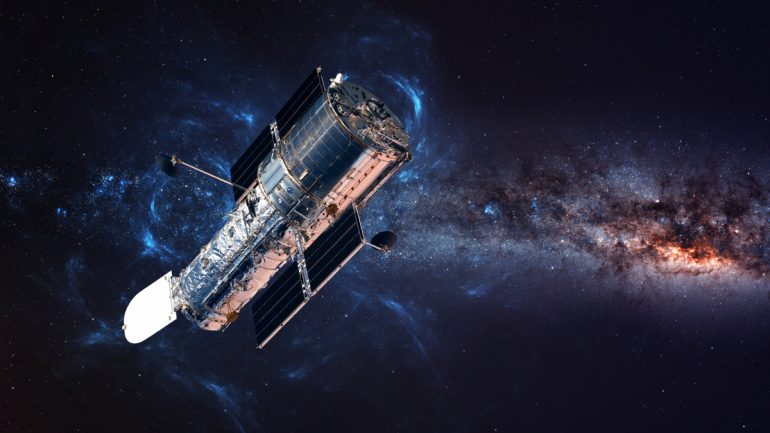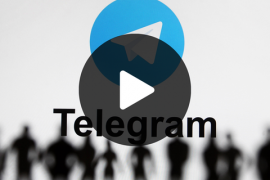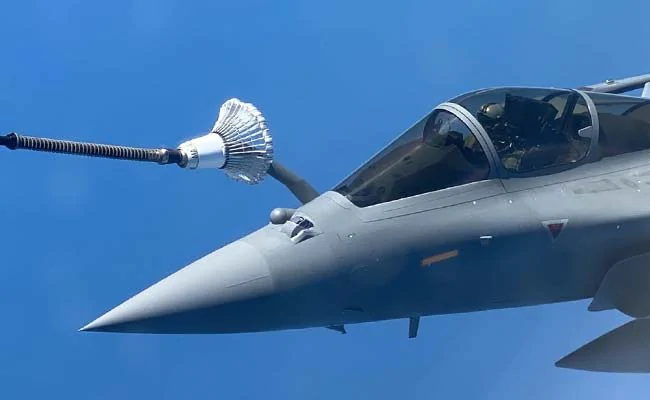Experts worked on the problems for weeks, and now it was possible to switch to a backup system. Further configuration will still take some time. NASA celebrates success with stunning photos.
Service NASA is desperate rescue effort Now Hubble Telescope restoration successful. On 13 June, the systems shut down after no further response was received from the payload computer. This unit controls the scientific instruments of the probe. Initially, the operations center assumed that the payload computer was defective, and that old memory modules were also suspect. Ultimately, it was revealed that the Science Instrument Command and Data Handling System (SIC&DH) was responsible for the failure.
Backup system installed 10 years ago
The SIC and DH systems were already seen to have faults and were last replaced in 2009. It works in conjunction with the Power Control Unit (PCU), which ensures a regular voltage of 5 volts in the circuit. When maintenance missions by spacecraft were still possible, the astronauts replaced the entire module on one space walk and inserted another, so that a backup could be used. What seems simple is actually risky.
“Critical Point” in Hubble’s Story
Because of their coordination function, the SIC and DH system sits in a network with all kinds of other hardware modules. They have to switch to alternate interfaces in the backup system. Engineer Njinga Tull is the head of the Hubble Systems Anomaly Response team at NASA. She confirmed that the switch to backup is a “critical point” in the 31-year Hubble mission. “We’ve looked at different backup designs extensively and we’re confident we’ll make it,” Tull announced mid-week. The experts initially ran the processes in computer simulations.
NASA celebrates with spectacular space photos
Finally, the response team started SIC and DH backup and other control components PCU and Command Unit/Science Date Formatter (CU/SDF). Then the acid test happened: will the payload computer, which is located on the SIC and DH modules, respond again? A sigh of relief in the response team: the launch was successful, the flight schedule could be loaded onto the new unit and it entered regular operation mode. NASA celebrated the successful start-up of backup components in 2016 with an extraordinary photo taken by Hubble. In this you can see a big star which is trapped in a bubble. It shines a million times brighter than our sun and produces gas streams that race across the surface at speeds of more than 6 million kilometers per hour. Scientists estimate that in 10 to 20 million years it will explode into a supernova, causing the bubble to burst.
iterate module by module
Scientists are now testing whether the devices can be controlled properly and slowly take them out of safety mode. This process takes several days. Inspectors must ensure that the temperature of the equipment remains constant. It then regularly rechecks the team to resume scientific work. Accordingly, the 31-year-old veteran with his components from his 80s will soon be able to provide researchers with new findings and more great images supply.
You may also be interested in

Internet fan. Alcohol expert. Beer ninja. Organizer. Certified tv specialist. Explorer. Social media nerd.





